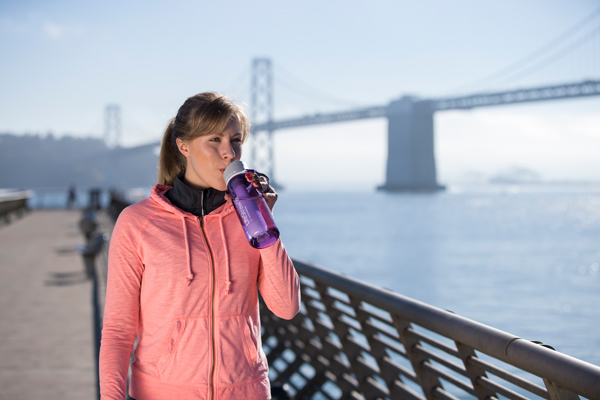- South Texas Students Meet Accordion Music Icons Los Tigres Del Norte In Edinburg Thanks To Khs America/Hohner Alianza Académica Initiative
- Fragile Planet Offers a Nighttime Wildlife Experience
- Falcons Soccer Off & Running
- Cameron County Receives Funds to Improve Two Parks
- Falcons Complete First Half of 32-6A
- School District to Help out Victims of California Wildfires
- Sand Castle Days Continued Despite Unexpected Weather
- Ready for District
- Discussion of Garbage Dumpster Rates, Agreements Between State & City on Highway Regulations, and More
- 31st Annual Shrimp Cook-Off is Right Around the Corner
Plastics in Water, From Your Cup to the Oceans: What to Know
- Updated: June 15, 2018
(StatePoint) You may not realize it, but there’s a lot of plastics in water — both in the water you drink, as well as in rivers, lakes and oceans.
Know the Problem
According to recent investigations by Orb Media, 90 percent of bottled water and 83 percent of tap water is contaminated with microplastics. These small pieces of plastic can’t always be seen by the naked eye, but they’re harmful to human health.
What’s more, according to the United Nations Environment Program, only one in five single-use plastic water bottles is recycled, meaning 80 percent end up in the environment, contributing to the 46,000 pieces of plastic floating in each square mile of earth’s oceans. Each year, 8 million metric tons of plastics enter oceans, adding to the estimated 150 million metric tons that currently circulate marine environments, according to Ocean Conservancy.
You can take action to protect your health and the environment from harmful plastics. Here’s how:
Filter Your Water
Start by ensuring that the water you and your family drinks is both healthy and safe. Using a water filtration system can help eliminate harmful microplastics present in your drinking water and minimize the need for single-use plastic bottles and pollution. Note: Not all water filters remove microplastics, so knowing which filters address this issue is important as you make a decision.
Water filtration products from LifeStraw, for example, remove chemicals, bacteria, odors, bad taste and 99.999 percent of microplastics from contaminated water, enabling access to safe drinking water on-demand nearly anywhere. This is higher protection than the standard carbon-based filters that are available on the market.
The brand offers several designs, including portable models suitable for travelers, kids, groups, natural disaster victims and anyone seeking an easy way to make their water safer, and are available for purchase at LifeStraw.com, sporting goods stores as well as Walmart, Target and Amazon . The lifespan of most LifeStraw filters is equal to 8,000 single-use plastic water bottles, and for every product purchased, a child in need receives safe drinking water for an entire school year.
Shop Responsibly
Another way to effect change? Make sure the brands you support are engaging in responsible business practices to reduce waste. Avoid single use-plastic water bottles when possible and avoid products with high levels of plastic packaging. Try re-usable storage bags or items made of compostable material. Shop with brands that support cleanups, like United by Blue, a sustainable apparel brand that removes one pound of trash from oceans and waterways for every product purchased. Or check out groups that post responsible, plastic-free buying guides like 5 Gyres.
To improve your family’s wellness and protect the planet, think water. Avoid consuming microplastics, invest in filtration, and prevent more plastic from contaminating our oceans and environment by shopping responsibly and supporting brands that share these values.

